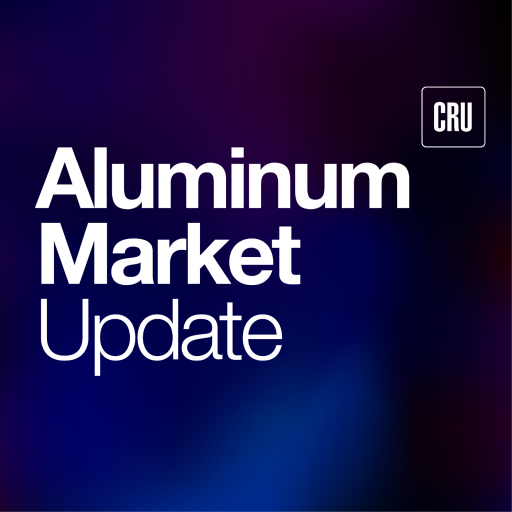Global Trade

July 1, 2025
What shoes have to do with Washington's aluminum fight
Written by Gabriella Vagnini
Shoes and aluminum may sound unrelated
But when you break down what goes into a modern sneaker or boot, aluminum actually plays a role. It’s used in midsoles, support shanks, eyelets, lace tips, and even in some of the performance parts that go into athletic or hiking gear. And now with U.S. tariffs on aluminum imports jumping to 50 percent for most countries, that’s starting to show up in higher prices and tighter margins for shoemakers. Even if it’s a small piece of the overall product, the cost ripple is real.
Downstream players are stuck doing the math
Since 2018, the aluminum industry has added jobs and new production in the U.S. including in sectors that supply parts to industries like footwear. But when tariffs double overnight, companies start to rethink. Do they keep sourcing metal parts overseas and eat the cost? Do they shift production back to the U.S. and invest in new tooling? Or do they redesign the shoe entirely to avoid using aluminum parts? Some brands are already testing all three.
Washington’s playing the national security card again
The current administration says the tariffs are about protecting domestic capacity and preventing overreliance on foreign metals. And yes, there’s been investment, but downstream sectors like footwear are feeling the squeeze. These companies don’t have the lobbying muscle that big aluminum producers do, so they’re trying to stay flexible while hoping for some kind of stability. Right now, it feels like policy is being written faster than they can adapt.
What downstream companies should be thinking about
- Now’s the time to audit the supply chain. Where are your aluminum parts really coming from? Canada and the UK are exempt, but most others aren’t
- If you’re sourcing from China or Mexico, you may be paying more than you need to
- This could be a good time to revisit design. Can aluminum parts be swapped for polymer or domestic components?
- Partnering with domestic suppliers who already cleared the tariff hurdle might save you long term headaches
- Legal and trade groups are pushing back. It’s worth keeping an eye on what gets challenged in court, especially over what counts as an “aluminum article”
What’s coming next
We could see more clarification this summer on which shoe parts and accessories are affected. Depending how those rules are written, it could reshape how companies spec out their products. Some lawmakers and trade associations are already raising concerns about how this affects downstream manufacturing, especially small and midsize companies that rely on affordable imported parts.
Bottom line
If you’re a footwear brand, especially one that uses metal in design or performance features, you’re officially in the middle of a Washington tariff story. What started as a push to support primary aluminum is now trickling all the way down to the eyelets on your boots. Whether you’re sourcing, designing, or trying to control costs, this is something you’ll want to stay ahead of.






